The Rise of the Ukulele – Why Classical Instruments Have Nothing to Fear…
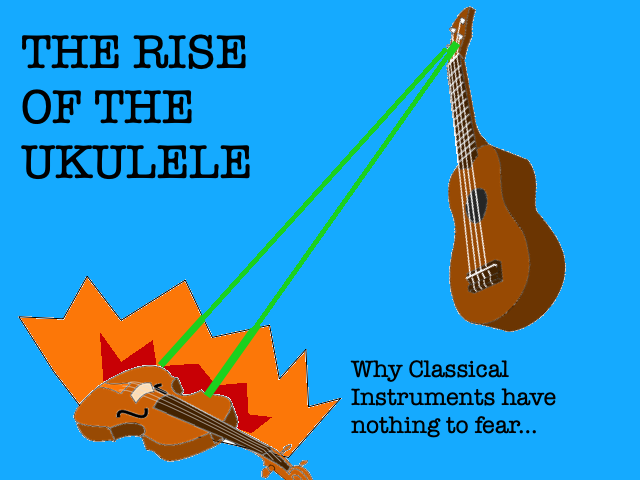
The Ukulele School The Ukulele School Join Us Free Sample Lessons We all know that ukuleles are great for classroom music lessons and the popularity of the ukulele is certainly at something of a high amongst young people at the moment. However, a teacher recently pointed me to this article in The Guardian from 2018 […]
5 Things to Consider When Buying a Class Set of Ukuleles.
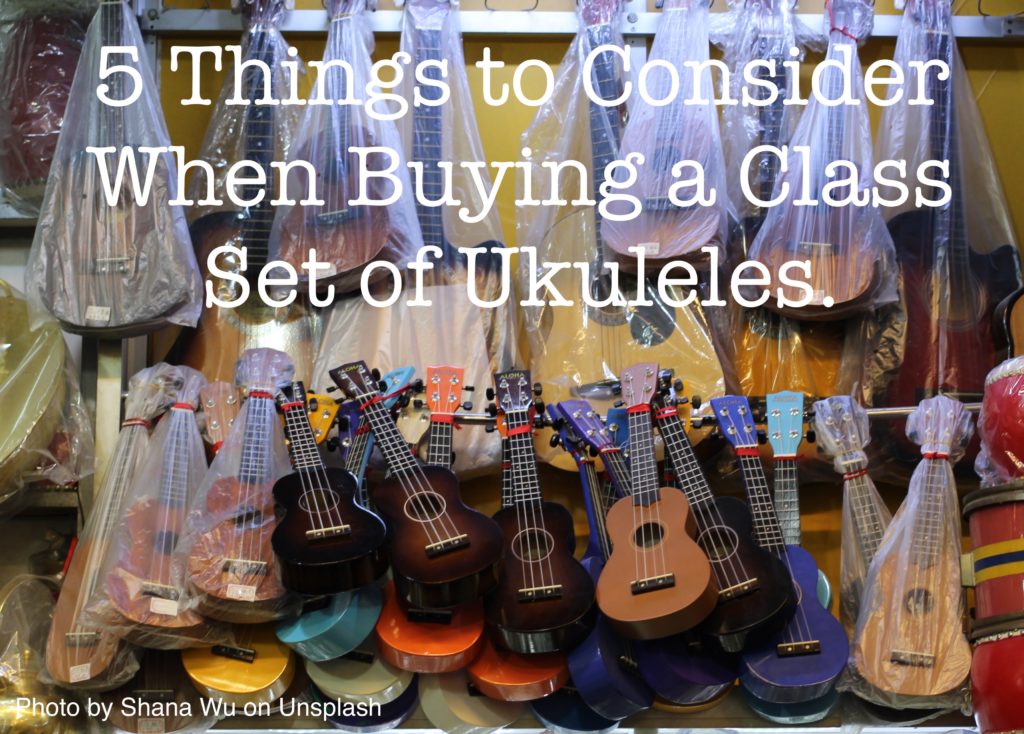
The Ukulele School The Ukulele School Join Us Free Sample Lessons Music in the wider curriculum – How the ukulele is not just for music lessons. If you want any sort of ukulele scheme to take place in your school, you are going to need some instruments to play. There are a vast array of […]
E7#, what now !?!

The Ukulele School The Ukulele School Join Us Free Sample Lessons 5 Things to Consider When Buying a Class Set of Ukuleles. We have all been there, we’re playing a new song and suddenly there is a chord which looks more like a set of coordinates on a map. The E7#9 chord is an extreme […]
Music in the wider curriculum – How the ukulele is not just for music lessons.
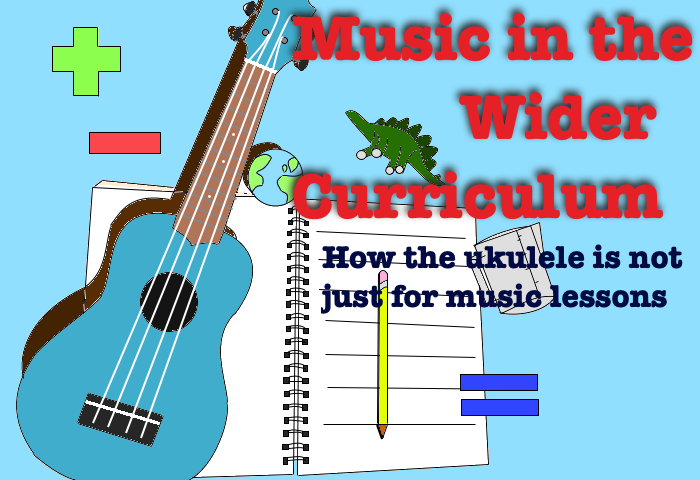
The Ukulele School The Ukulele School Join Us Free Sample Lessons Music in the wider curriculum – How the ukulele is not just for music lessons. Every so often an article or post appears extolling the virtue of music as a way of making our students more attentive/better listeners/better team players/more intelligent, and whilst many […]
What is a 7 chord and do we need them?
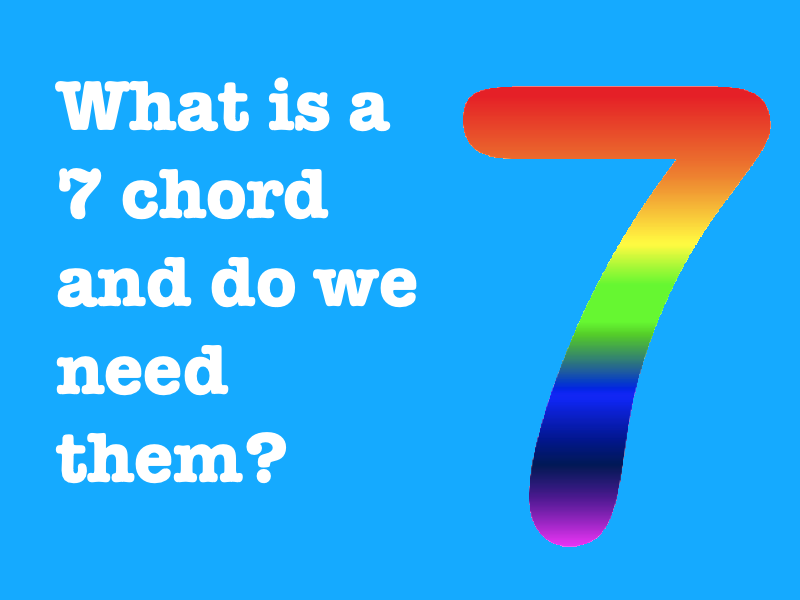
The Ukulele School The Ukulele School Join Us Free Sample Lessons Why the ukulele is so much more than a toy guitar. Many tutor books and beginner ukulele courses feature a G7 chord quite early on. Along with C7 they are often among the earliest chords you are encouraged to use but what is a […]
Improvisation – Composition in the moment.
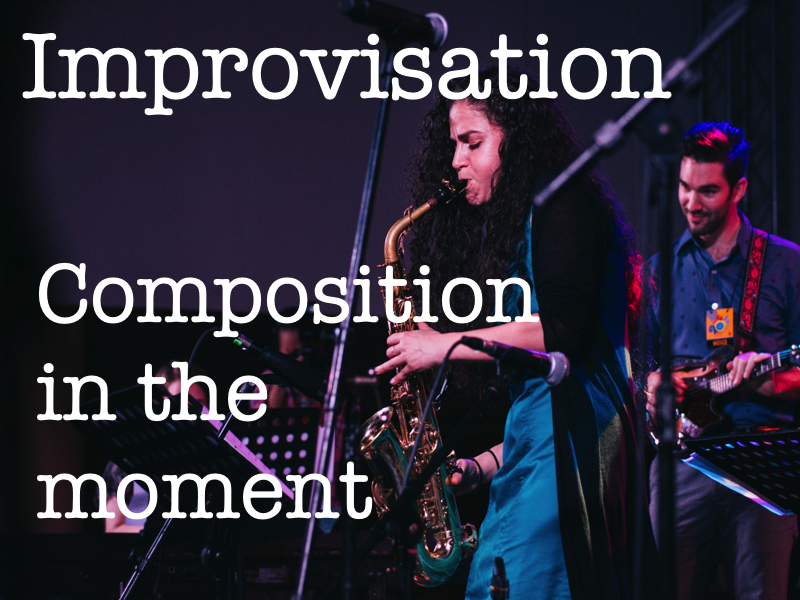
The Ukulele School Join Us Free Sample Lessons The Ukulele School The Ukulele School Join Us Free Sample Lessons Improviation – Composition in the moment Improvisation is the art of playing music without it having been written down or memorised. In many ways, it is one of the most creative aspects of music as it […]
How to tune 30 ukuleles as quickly as possible
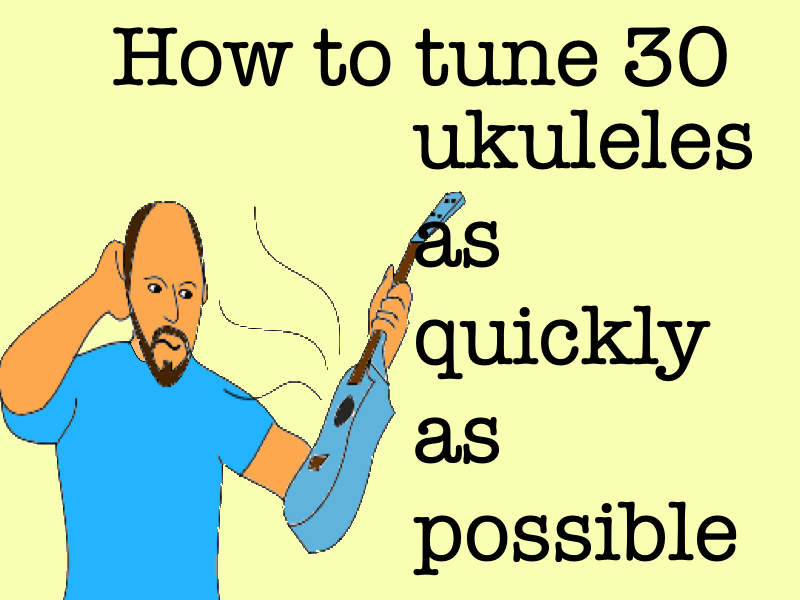
The Ukulele School Join Us Free Sample Lessons The Ukulele School The Ukulele School Join Us Free Sample Lessons So you’ve just bought a lovely new set of ukuleles to use in your classroom… How are you going to get them in tune? How are you going to get them to stay in tune? Don’t […]
5 must watch ukulele videos for your music lessons.

The Ukulele School Join Us Free Sample Lessons The Ukulele School The Ukulele School Join Us Free Sample Lessons A good music lesson should always try to focus on learning through playing music, but we shouldn’t ignore the importance of listening to music as well. The national curriculum in England states that pupils should: “appreciate […]
Why the ukulele is so much more than a toy guitar.
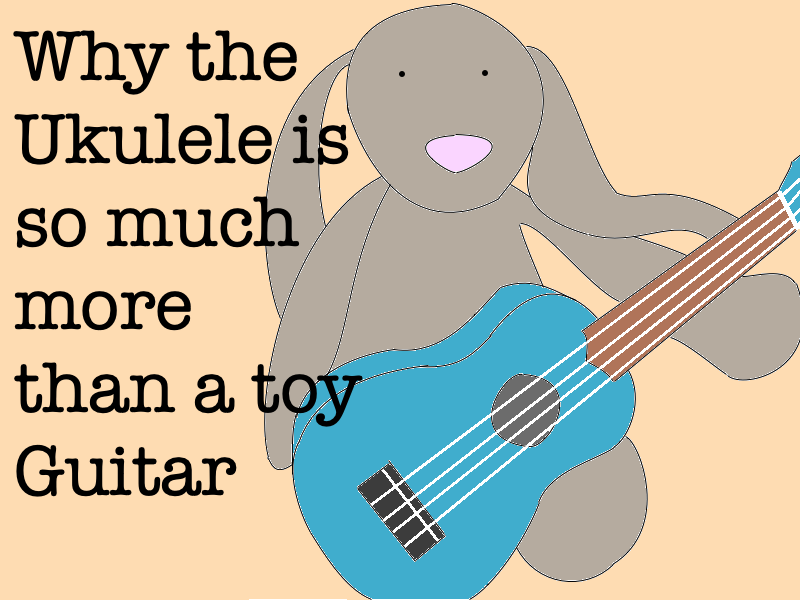
The Ukulele School Join Us Free Sample Lessons The Ukulele School The Ukulele School Join Us Free Sample Lessons It might look like a little guitar, but there is so much more to the ukulele; it is an instrument in it’s own right and here’s why… Uke, I am your father… We’ve stolen this line […]
Why Tab isn’t the Devil!!!
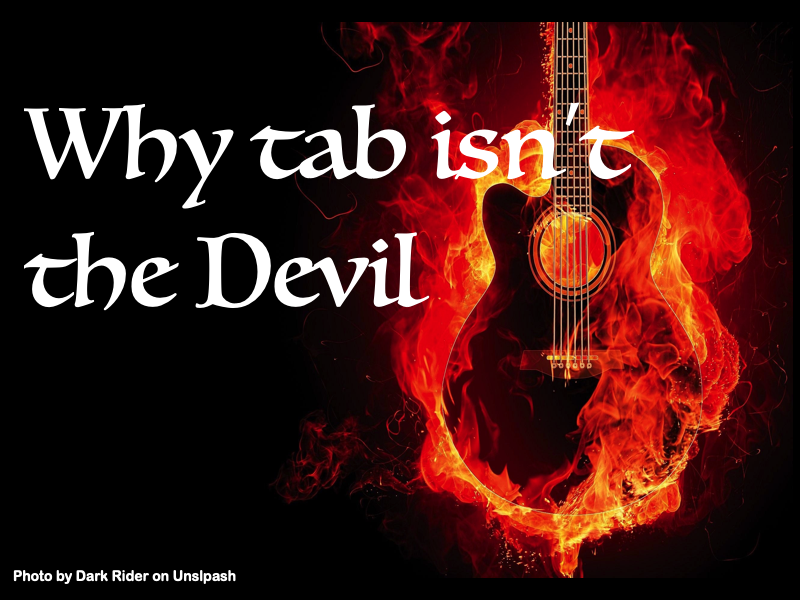
The Ukulele School Join Us Free Sample Lessons The Ukulele School The Ukulele School Join Us Free Sample Lessons It’s not as good as standard notation You’re right, Tab is just not as good as standard notation. Tab doesn’t easily convey pitch, unlike the standard stave. Rhythm in Tab is often not there either, especially […]